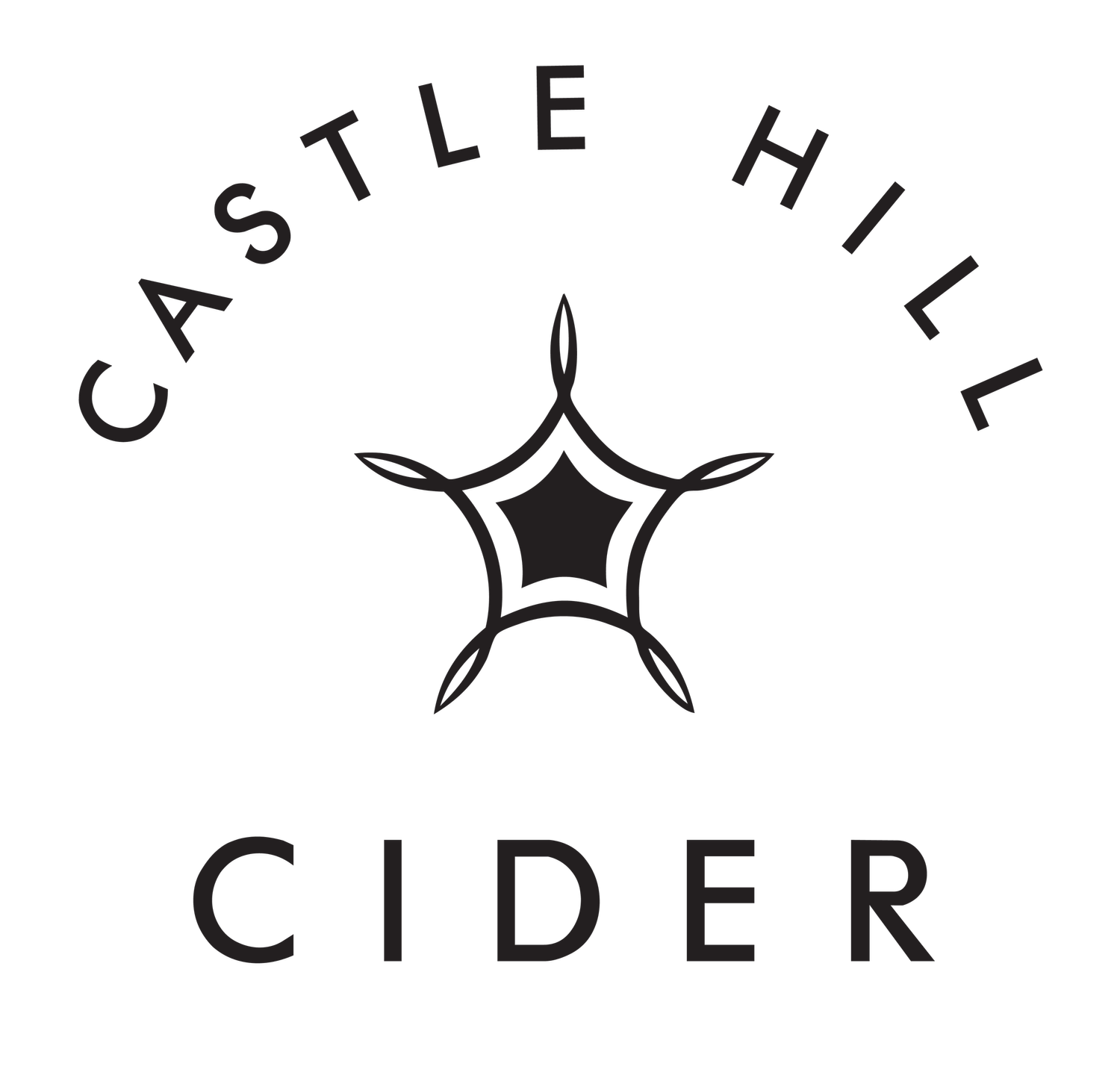OUR STORY
THE ORCHARDS AT CASTLE HILL CIDER
Founded in 2010, Castle Hill Cider was born after owners decided to take Castle Hill back to its orchard roots. The “pervading spirit of a place” goes beyond the landscape itself. In theory, a set of apples and methods that not only work harmoniously together with each other and with this place, but also somehow convey a sense of this place – of their provenance. How Virginia terroir, history, and science combine to create a unique product - in our case - delicious hard apple cider.
HISTORY OF APPLES AT CASTLE HILL
Colonel Thomas Walker, the original owner of Castle Hill Estate, was the first to bring Newtown Pippin apple scions to Central Virginia following his return from the Battle of Brandywine in 1777. The variety was planted at Castle Hill and became known as the Albemarle Pippin apple. Albemarle Pippins were quite popular and eventually turned into a major export crop for Virginia. See more of the beautiful historic home on the Castle Hill Estate in this exclusive story from Wine & Country Life. As a private residence, this is a rare look.
ORCHARD ARCHITECTURE
Currently, Castle Hill orchards are home to some 5,000 trees. Apple varieties number more than 40 including Albemarle Pippin, Black Twig, , Harrison, Burford Red Fresh, GoldRush, Dabinett, Hewes Crab, and Wickson Crab. While the initial orchard was planted in 2009 contains about 500 semi-dwarf trees of 29 different varieties, the more recently planted Walnut Mountain orchard is a trellised high density system called “Tall Spindle.” These trees are planted at 1100 per acre and consist of the 14 best varieties we’ve planted thus far. Small experimental plantings have continued throughout. Tall spindle makes the trees easier to prune and pick while also optimizing sun exposure and airflow.
BEES, THE ORCHARDS, AND CIDERMAKING
Watch the video below to learn more about the profound effect bees have on our orchards as well as the role of Linden trees.
